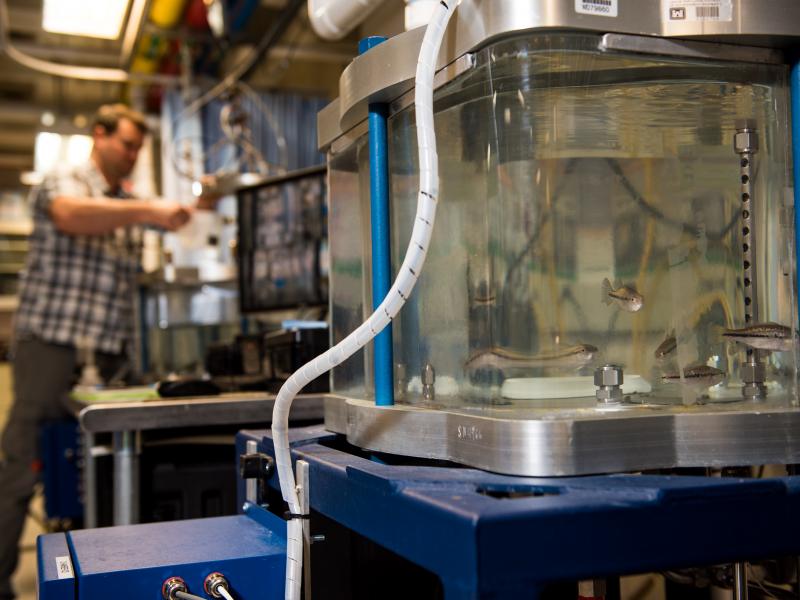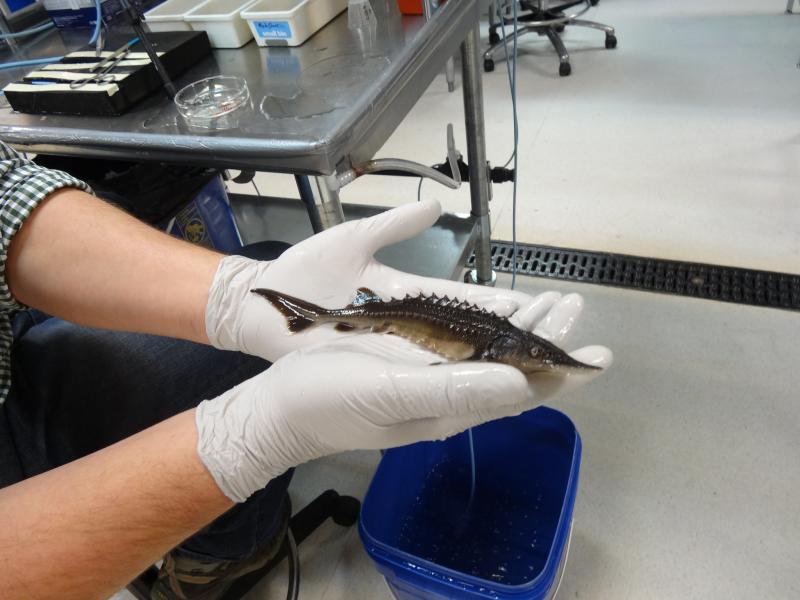
Aquatic Research Laboratory
At the Aquatic Research Laboratory, PNNL scientists explore solutions for our nation’s growing need for clean, renewable energy. Projects are focused on monitoring and predicting the impacts of hydropower development and operation on water resources. The research supports the nation’s ability to optimize power production while minimizing environmental effects.
Scientists are using the Aquatic Research Laboratory to:
-
expand sustainable hydropower through research and assessment of operational impacts
-
advance understanding of how climate change impacts energy production, especially related to hydropower and other renewable energy
-
integrate environmental protection into hydropower operations, especially related to fish passage and survival
-
understand the effects of Hanford Site operations on the Columbia River ecosystem.
The availability of Columbia River water in a facility with specialized research equipment makes the Aquatic Research Laboratory a unique and valuable asset within the national laboratory system and among stakeholders in the region and beyond. The 7,400-square-foot laboratory has the following distinctive features and capabilities:
-
advanced aquaculture and water reuse system for accurate and precise control of experimental conditions while conserving water and energy resources
-
research equipment that simulates conditions at water development projects to study fish passage, including hyperbaric and hypobaric chambers, shear and turbulence tanks, and fish respirometers
-
training and project implementation in facilities dedicated to surgery, necropsy, and analytics.


